1. Set foot in the astonishing history of Kenya – Visit the Fort Jesus Museum
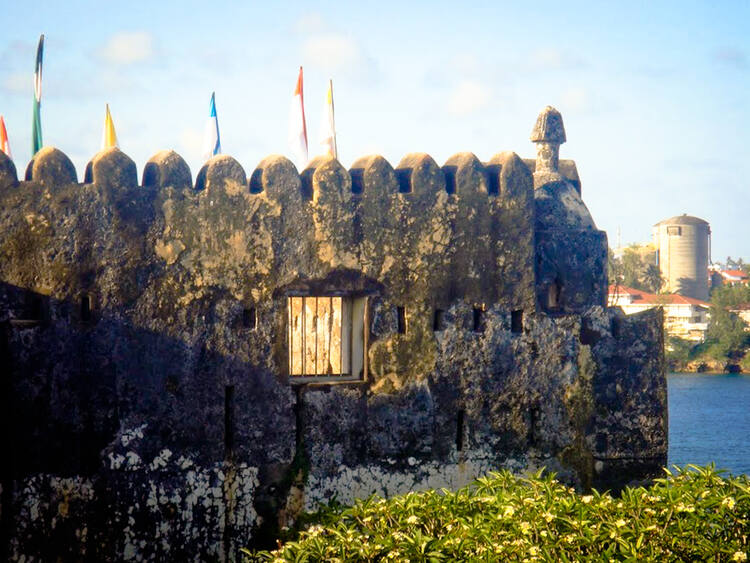
The Fort Jesus Museum is one of the most prominent historical structures built by the Portuguese in the 16th Century. The Town of Mombasa was the location where this structure sat. The present design of the Museum acted as defending structure and it protected the Portuguese on the Eastern Coast of Kenya. This monumental structure served as barracks for the Portuguese soldiers, it later got incorporated as a prison after the British protectorate took its stand. The Museum is now enlisted in the UNESCO World Heritage and is a historical landmark taken care of by the National Museums Association of Kenya. The Fort Jesus Museum is a very prominent tourist attraction, it is also the prime symbol representing the history of the Town of Mombasa. The structure has a sprawling spread of 2.36 hectares including a moat and the areas surrounding it. This Fort is also well-preserved evidence of precise engineering and military fortification in the 16th Century.
2.Briefing about Fort Jesus Museum
The Town of Mombasa acted as a prime trading center and the gateway leading to India during the 16th Century. This Museum was built in the late 16th Century by Portuguese soldiers and the structure protected the inner town from foreign influence. This monumental structure sits on the coastline in Mombasa and glorifies the ancient era of the Portuguese ruling over the trading paths of the Indian Ocean, and the fortress sat at such a point where soldiers inside could easily spot foreign ships entering the harbor port. The past of the fort was quite ghastly and it describes how the slaves were slain and tortured mercilessly and finally died due to excessive starvation along with numerous diseases. These slaves began to be shipped from Mombasa to the Persian Gulf & Arabia. The Fort Jesus had been engineered in Italian Architectural designs, and, one can make out the Renaissance-shaped fort architecture. Fort Jesus was built around the 16th century by the Portuguese Forces, the political, commercial, and cultural forces surfed that instigated the Portuguese to build this Fort. However, the Fort had a shift of powers quite often, many rulers came into power including Omani Arabs from 1698 – 1895 that subsequently was under the British Dominion and was transformed into a prison. This Fort became a symbol of numerous wars as the Portuguese began establishing it. The national slaves were tortured inside separate torture cells in the Fort's prison, and canons were installed in the castle to keep away intruders. The Portuguese won back the Fort, and, it was renewed and refurbished various times. This Fort firstly became a National Parkin the year 1858, gradually it became one of the prolific structures denoting as well as belonging to the 16th Century. In 2011, this monument was marked under the UNESCO World Heritage Sites.
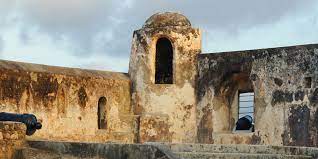
3. Destinations to visit here
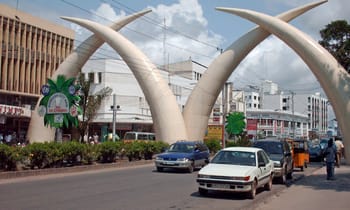
This place is currently a very popular museum and tourists can explore the island and learn about various historical monuments in Mombasa which includes Oman House. The Oman House previously was a residence of the Sultans, who were the governors of the East African Coast. There are excavations of the Fort Jesus and artifacts can be witnessed and admired, Manda, Gede ruins, and Ungwana are some of the imprints of these artifacts unearthed. There are some of the most important places to explore here. People fond of butterflies can visit the Butterfly Exhibition showcasing different species of Butterflies helping one understand and explore biological diversity in Mombasa as well learn more about the ties with the local groups. Wandering in the museum will help you spot various artifacts, pottery, and ceramics dating back to the time when Mombasa was a renowned trade center. A water cistern is also seen here where the Portuguese harvested water along with 76 feet gaping well. The Kenyan youth were given proper training in the Swahili Cultural Center in Traditional Swahili Arts and Crafts. Training also included a course on business management enabling the youth to gain skills of self-employment.
4. The architecture of Fort Jesus
This prolific monument represents the architectural expertise of the Portuguese Dominion, this fortress of the colonial era is a living example of Renaissance Military architectural designs. The top portion of the Fort looks like a human body with the head pointing towards the ocean. This Fort is built with local coral and limestones using local methodologies. The designs of the Fort were incorporated by Giovanni Battista Cairati who was the famous Italian Architect in the 16th Century. There were many refurbishments of the Fort as different rulers set foot in it and conquered it. In more than 300 years on the Fort's formation, you can even witness the architectural styles showcasing British and Arabian influences. The Fort presently has an amalgamation of Middle Eastern, European, and African architectural designs. A picture-perfect view can be fathomed from the Fort, view of beautiful town port and the rooms inside the fort deliver so much beauty and are home to such a museum which speaks the history of the Fort and the Town of Mombasa. The walls of the Fortress were 50 feet high which could forbid canon ball attacks. The Omanis after conquering the Fort, increased the height of the walls by an additional 9 feet, this helped keep away enemies and other rebel warfare as well as keep the kingdom safe.

5. Fort Jesus Museum – A UNESCO World Heritage Site
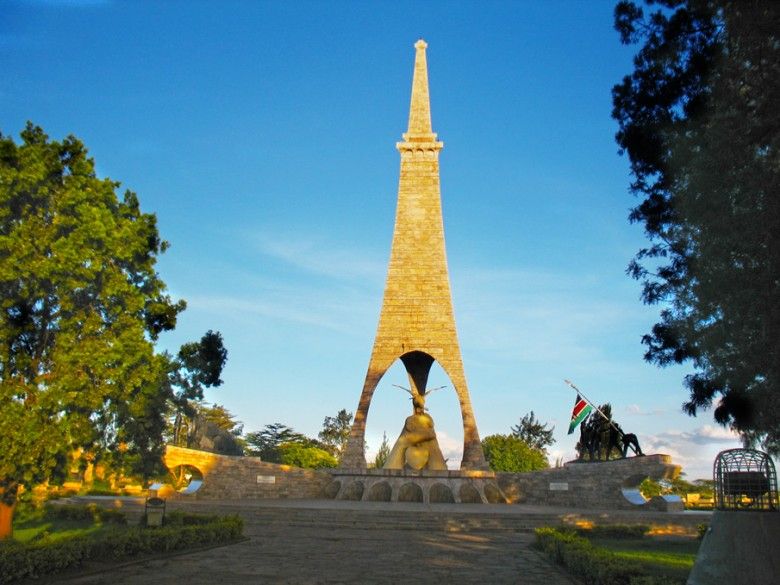
There were multiple reasons why the Fort Jesus Museum has its name as a World Heritage Site. It was during the commercial, cultural and political globalization era when this fort was built, the fort displayed various values and cultures being interchanged as the monument had often been under many modifications. The major trading control was managed from this fort through the Indian Ocean Basin. The Fort has a special kind of fortification, resultant of Military excellence and innovations between the 15th and 16th centuries. The Renaissance architecture is represented here with the designs and innovations of the Fort displaying accurate Geometric details. However, the fort had been under many modifications as new rulers set foot multiple times, but the original formation of the structure had been maintained.
6. Best Way to Reach the Fort Jesus Museum
The bus route is the best option to reach the Fort in Africa, given that there are numerous bus channels present. There are namely three stations where you can board a bus and travel directly to the Fort, the Market Bus Stop or Kanisani stop can be an option to travel directly to the fort. Trains can be a second option, board your train from Nairobi to Mombasa Station, and take public transport to reach the museum after you arrive, at Mombasa.
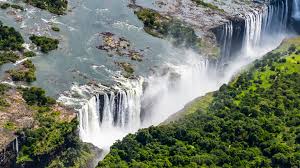
7.Entry Amount and Timings
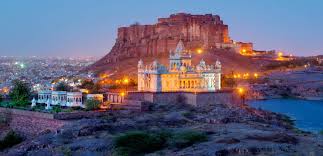
The Museum is one of the most visited sites and also very popular with tourists. A certain amount of fee has to be paid before entering the museum, this place opens from 8 am till 6 pm. The entry fees are 100 KES for children who are a citizen of Kenya, 1200 KES for those who fall under nonresidential adults, 400 KES for East African adults, 600 KES for nonresidential children, 200 KES for the adult Kenyan citizens and 200 KES for the children from East Africa. This prolific structure standing at its prime exemplifies and glorifies the history of Mombasa and the excellence of the period of Military innovation. All the itinerary and information is scripted for you to know and explore more about Fort Jesus Museum and the history of Mombasa, visit this prolific museum on your next trip to Kenya and educate yourself about its glorious past from a much nearer perspective.
